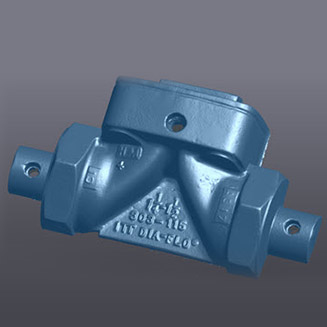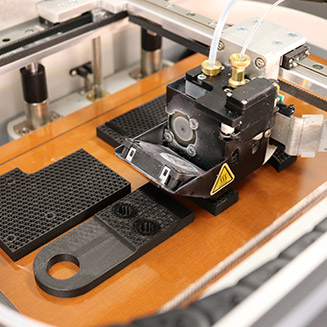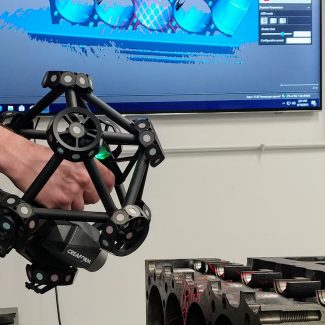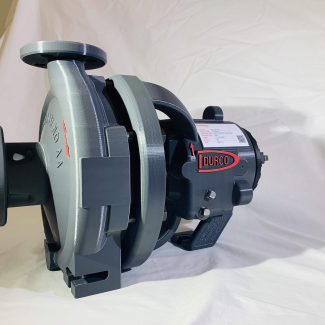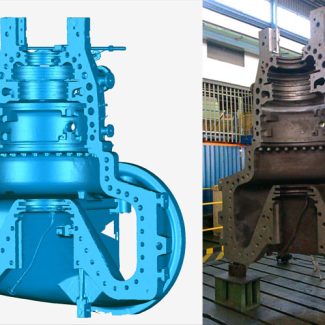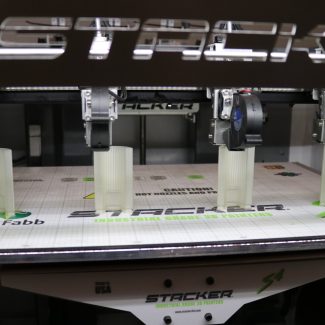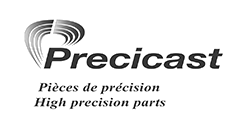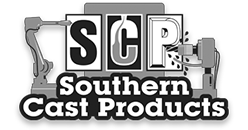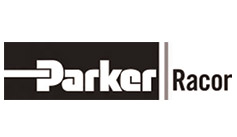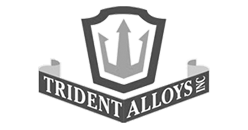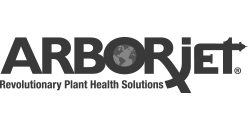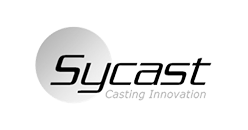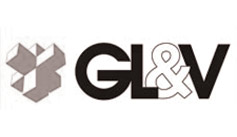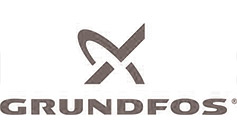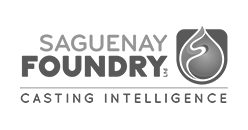It’s true that manufacturing has changed a lot over the years. Innovation is a buzzword that companies are embracing, but what does this really mean? For many, this means merging machine automation and 3D printing. By themselves, each of these has unique advantages. When used together, it can be even more powerful.
At Celero Partners, we have seen how this integration can really make a difference. Here’s more information about it:
3D Printing Fuels Rapid Machine Innovation
Designing an automated machine often starts with a concept that must be brought to life through custom components. These parts are rarely standardized. They need to be engineered and customized to fit the sensors, tools, motors, and production precisely and intentionally. Traditionally, this meant long lead times for machined prototypes or costly tooling. Today, with the help of additive manufacturing, we can design, print, and test parts within days—not weeks.
We know that rapid turnaround is such an important part of this. That’s why we at Celero Partners print custom brackets, housings, structural parts, and end effectors on a regular basis that are designed for automated equipment. The ability to prototype allows the team to explore innovative designs, test fit and function, and make quick adjustments without starting from scratch.
Materials are also so important and are worth considering. By using composites that have a lot of strength (high strength), like carbon fiber that has been reinforced with nylon or precision SLA resins, we’re able to meet the demanding performance requirements of real-world automation while keeping parts lightweight, durable, and cost-effective.
Automation Improves 3D Printing Workflows
It’s true that 3D printing helps build better machines and related to that, machine automation improves how 3D printing itself is used on the production floor. In any manufacturing environment, repetitive manual tasks—like setting up printers, removing parts, or performing post-processing—create bottlenecks.
We can also design custom automation systems that support the manufacturing process as whole. For example, this could include things like robotic arms that unload finished parts and prepare machines for the next print. It could also include items like conveyors that move prints through inspection and finishing stages. It could also involve sensors and systems that can be programmed that are able to monitor quality, manage inventory, or signal when parts are ready. The result is a smoother, more efficient 3D printing operation that can run longer with fewer interruptions.
This type of automation allows for round-the-clock production. It reduces errors caused by human fatigue, ensures consistency, and allows small teams to achieve big output. These are all important benefits in competitive industries.
The integration of machine automation and 3D printing is changing the future of manufacturing. Together, they remove traditional barriers, replace slow legacy systems, and create intelligent workflows tailored to your unique goals. At Celero Partners, we want to help you. Please get in touch!

